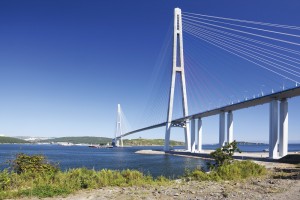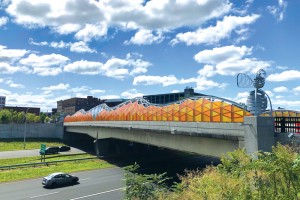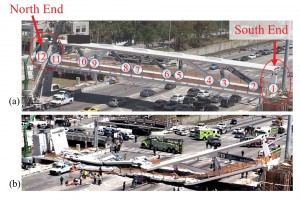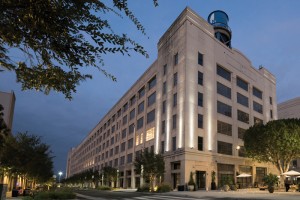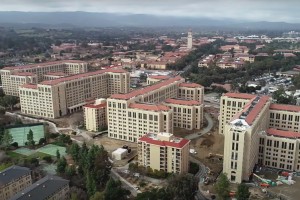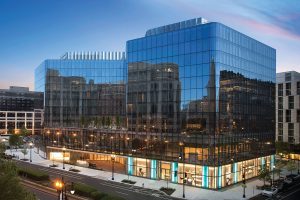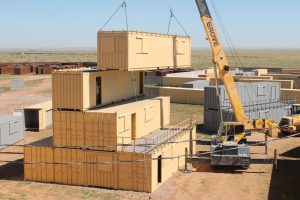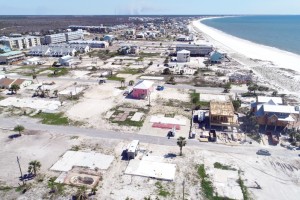Incorporating Resiliency to Coastal Designs in The Florida Panhandle
Hurricane Michael, a Category 5 hurricane, made landfall along the Florida Panhandle on October 10, 2018, with a direct hit between Tyndall Air Force Base and the coastal City of Mexico Beach, leaving a trail of destruction in its path. The damage extended over sixty miles east and west of the eyewall. The areas affected the most experienced sustained winds of 161 miles per hour (mph), a minimum pressure of 919 millibars (mb), and a storm surge reaching 19 feet above sea level with additional wave action well over this elevation. Hurricane Michael was “directly responsible for 16 deaths and about $25 billion in damage in the United States,” according to a report prepared on May 17, 2019, by the National Hurricane Center. …


